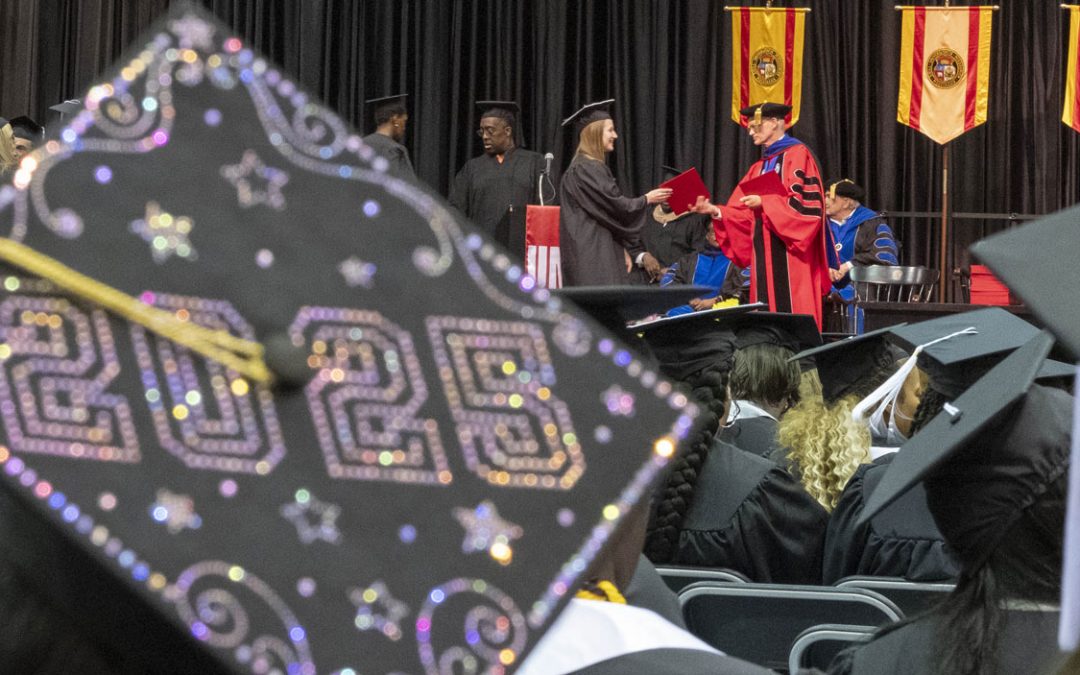If Big Bird could fly, he would have difficulty replacing his flight feathers each year. A University of Missouri-St. Louis ornithologist and his colleagues have examined the time required to grow flight feathers as a function of body size. In an article published in the latest PLoS Biology journal, Robert Ricklefs, Curators’ Professor of Biology at UMSL, along with Sievert Rohwer and other researchers at the Burke Museum at the University of Washington in Seattle, show that feather growth does not increase as rapidly as feather size, greatly prolonging the period of feather replacement in large birds.
As detailed in “Allometry of the Duration of Flight Feather Molt in Birds,” the largest flying birds, including condors and albatrosses, adopt complex patterns of feather replacement (molt), including multiple molt initiation sites. Thirty-three pound swans, which are the largest flying bird, undergo simultaneous feather replacement to speed up the process, resulting in a period of flightlessness.
“Size influences everything in biology,” said Ricklefs, who lives in University City, Mo. “For birds to achieve large body size, they have to adjust to the way they replace their flight feathers to accommodate the longer time required for feather growth. It is a wonderful illustration of the physical constraints on life and the ways that biological systems evolve in response to these constraints.”
Why the replacement of flight feathers in larger birds does not match the increase in body size is not known, but Ricklefs and his colleagues speculate that it depends on the geometry of producing a two-dimensional feather from a one-dimensional growing zone in the feather shaft. Understanding the complexities of feather growth will require further study.
Visit http://www.plosbiology.org to read the paper.














